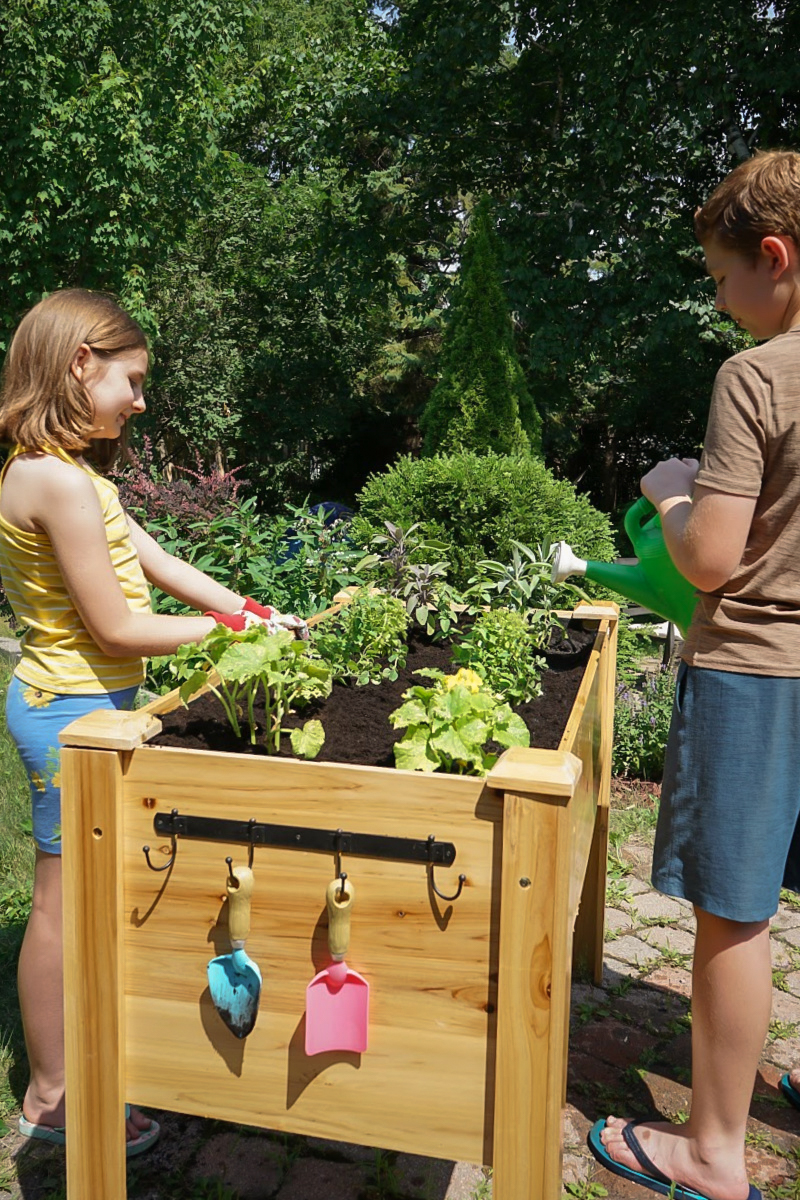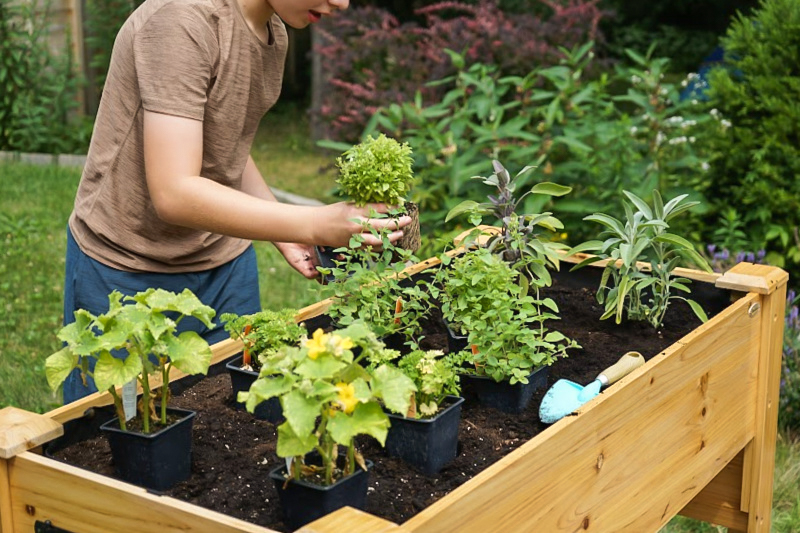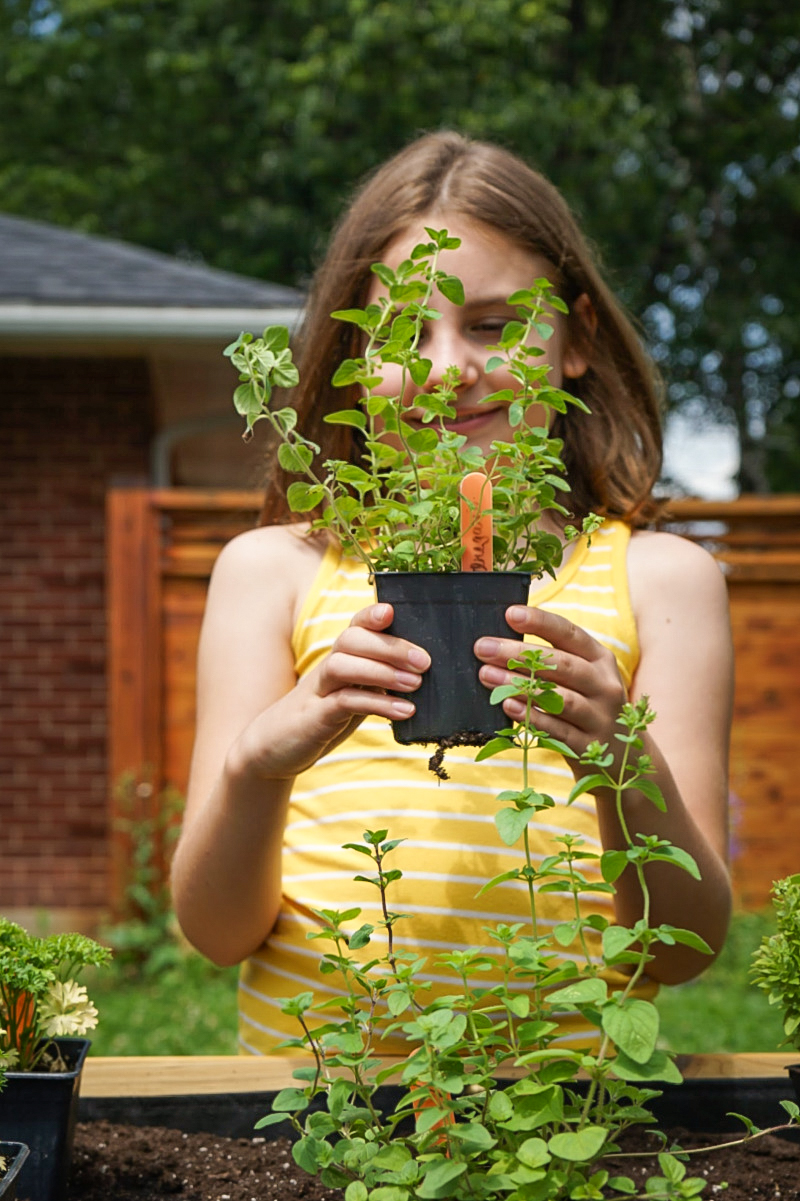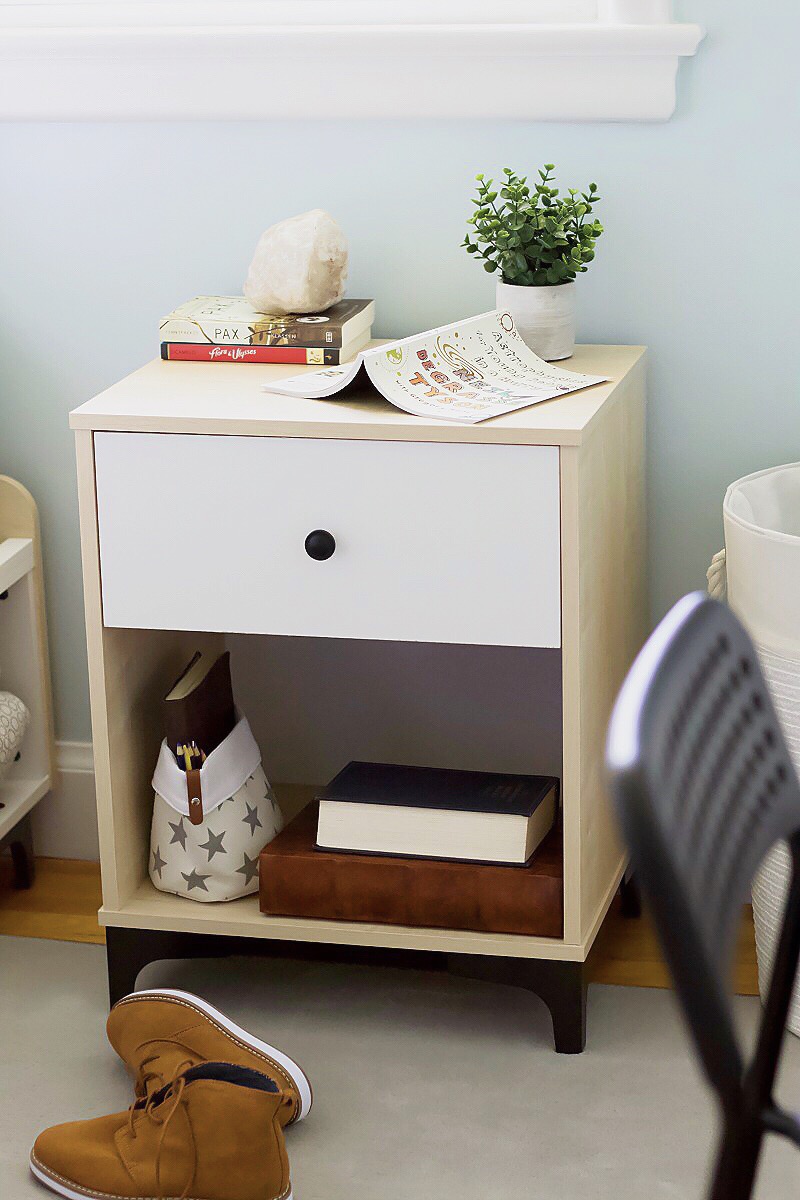Why Backyard Gardening Is Easy With Raised Garden Bed Planters
Whatever the size of your backyard, whether you’re working with a balcony, patio, or large garden, it’s never too late to incorporate planting into your space.
Gardening is widely beneficial for our wellbeing, from getting in touch with nature to creating something beautiful to look at. But it’s also a fun activity the whole family can enjoy!
What Are the Benefits of Raised Garden Plant Stands?
Whether you’re new to gardening or a seasoned pro, raised garden plant stands offer an easy way to garden. With it being the perfect blend of raised bed and container gardening, it creates a style of planting that is more accessible, as well as providing ample space to grow your favourite fruits, flowers, and vegetables with minimal effort.
This wooden raised garden plant stand from Aosom.ca is a great choice to get started. It’s made with high quality fir wood for stability and durability and provides strong support for your plants. The smooth surface is coated with outdoor water-based varnish and is able to handle being outside. It also comes in a variety of finishes to suit your garden’s style. We chose the natural wood for our herb garden and love how it looks!
Some of Our Favourite Benefits of Raised Garden Planters Include:
It’s easily accessible
Rather than having to bend down to reach the bed, you can purchase raised bed planters that are at a comfortable height for you and your family. Say goodbye to back aches and sore knees!
Fewer pests
In a raised garden bed, it’s harder for common pests such as rabbits, slugs, and snails to reach your previous veggies and easier to put up defenses.
Less weeding
With an elevated garden bed, it’s easier to keep an eye on any unwanted weeds that may prop up. However, by growing in raised bed planters you are also less likely to experience weeds due to more dense planting.
Improved growing conditions
As the bed is elevated off the ground, you can fill it with whatever growing medium will work best for your plants. Something that is neutral pH, free draining yet moisture retentive is ideal for most flowers and edibles. However, if you wanted to plant up something different, such as a Mediterranean style herb bed, or fill it with succulents that like sandy free draining soil, you have the option to do so!
Top Tips on How to Get Started With Your Raised Garden Bed
It’s never been so simple to get started with gardening using raised garden beds. Follow these simple steps to success:
- Select the size of the elevated garden bed based on the space you have available.
- Assess the location – think about how much sunlight the area gets, how exposed to the elements it is, how much watering will it need?
- Choose which plants you want to grow that will thrive in these conditions
- Set up the garden bed and fill it with soil and compost.
- Start sowing seeds or plant up the raised garden bed.
- Enjoy watching your plants grow!
The Best Plants to Grow in a Raised Garden Plant Stand
There are so many great plants to grow that are fun for the whole family and will work well in a raised garden plant stand it’s difficult to choose. However, here are some of our top choices:
- Choose compact vegetable varieties: there’s a wide range of plants that will grow very well in an elevated garden planter, such as carrots, kale, radish, lettuce, spinach, chard, tomatoes, onions, peas, and potatoes.
- Create a sensory herb garden: include herbs such as basil, thyme, mint, parsley, and rosemary to enjoy in the garden and the kitchen.
- Plant up berries: compact varieties of strawberries, blueberries raspberries make an excellent choice for raised bed planters.
- Create a year-round display: plant up small evergreen shrubs such as daphne or pittosporum, interspersed with seasonal displays and bulbs for all year interest.
What do you think of raised garden bed planters? What would you like to grow in your backyard? Let us know in the comments below!
To explore a wide selection of raised garden plant stands and other gardening tools, visit aosom.ca
This piece was written in partnership with Aosom.ca
- Elevate Your Gift-Giving with Timeless Pieces from Vincero - February 5, 2024
- The Glow Up: Elevate Your Skincare - January 26, 2024
- Enjoy the Health Benefits of Smoothies - January 3, 2024







